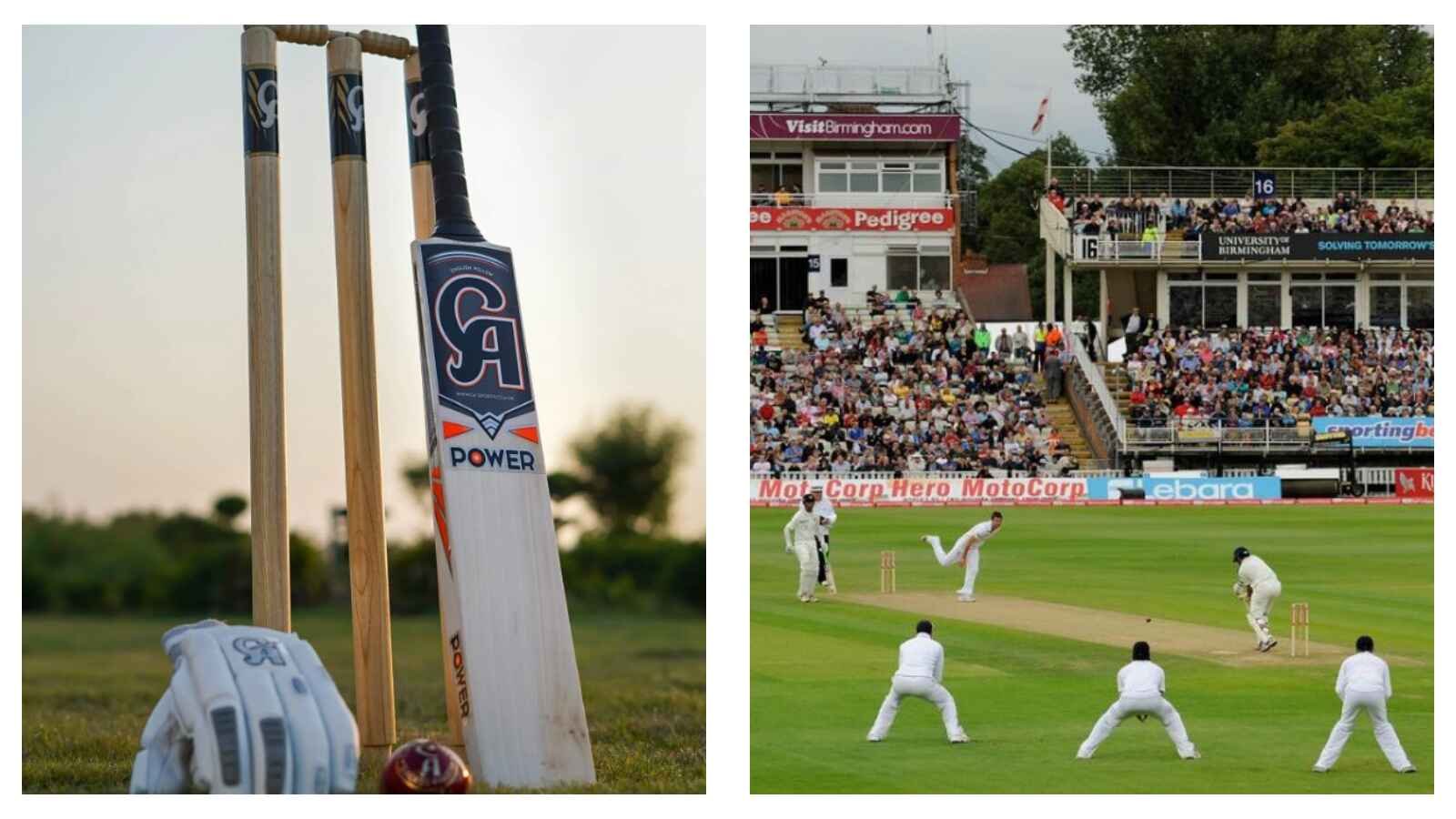Sport for Dummies: Guide to Test cricket – Part 1: the sport’s oldest, slowest and most elegant format
Football is a 90-minute game. Basketball wraps up in 48. Rugby takes about 80. But have you ever heard of a sport that can last five whole days – and still end in a draw?
Sounds absurd, right? Welcome to the wonderful, bewildering world of Test cricket – the sport’s oldest, slowest, and most elegant format.
To the untrained eye, Test cricket might look like men in white clothing standing around on a field, occasionally breaking into motion like clockwork.
But it is, in truth, a slow-burning epic, characterised by psychological strategy, endurance, patience, and sudden bursts of high-intensity drama.
Here, Sports News Blitz writer Ishita Trivedi explains the genius behind Test cricket.
So, what exactly is Test cricket?
It’s a format of the game played between two international teams over five days, with each team batting twice (called innings).
The match can last up to 90 overs per day, with each over being a set of six legal balls bowled by the fielding side.
That means up to 450 overs can be bowled in total across five days. Sounds like a lot? It is – and that’s part of the charm.
The game is played with a red ball, which behaves differently from the white one used in limited-overs cricket.
The red ball swings more – especially under overcast skies – and deteriorates as the game progresses, making it harder to pick up visually and more unpredictable in movement.
This challenges batters to read the conditions, time their shots perfectly, and adapt constantly, adding a mental and technical test unlike any other format.
Each day is divided into three sessions, with two breaks – lunch and tea – roughly every 30 overs. There’s also a short drinks break every hour.
After 80 overs, the bowling team is given the option to take a new ball, since the old one becomes too soft and scuffed.
This rule gives bowlers a fresh advantage because it's harder, bounces more, and swings better.
For the batting team, it means facing increased pace, movement, and unpredictability, making it much tougher to survive or score freely.
READ MORE: Sports for Dummies: What is Korfball? The basic rules of a sport on the rise
How does it end?
Let’s talk about results.
A team either wins by runs, if the team batting last fails to chase the target and is all out, or by wickets, if the chasing team successfully reaches the target with wickets to spare.
But wait – it’s not always so simple. Because Test cricket is time-bound, matches often end in a draw, especially if rain eats up a few hours or the batting side just refuses to get out.
To try and force a result within the limited time, teams can use strategic options like the follow-on.
If Team A bats first and leads by 200 or more runs, they can ask Team B to bat again immediately, skipping their own second innings. It’s a power move that can backfire if not timed well.
Now, trailing by runs simply means the second team hasn’t caught up to the first team’s total yet.
For example, if Team A scores 400 and Team B only manages 300, they’re said to be trailing by 100 runs.
This option puts immense pressure on the trailing team, forcing them to face a challenging situation right away.
Being significantly behind on runs not only affects a team’s morale but also shapes how they approach their next innings – whether to defend and survive or take risks to close the gap.
While cricket, like many other sports, demands endurance and strategy, Test cricket is considered the ultimate format of the game.
Performing well in Tests requires not only skill but also exceptional mental resilience, adaptability, and patience over five challenging days – qualities that distinguish a truly complete and respected cricketer.
Stay tuned for Part 2, where we’ll break down fielding positions, umpiring quirks, and why players shine the ball like it’s a sacred ritual.
YOU MAY ALSO LIKE: Sports for Dummies – Guide to the NBA


